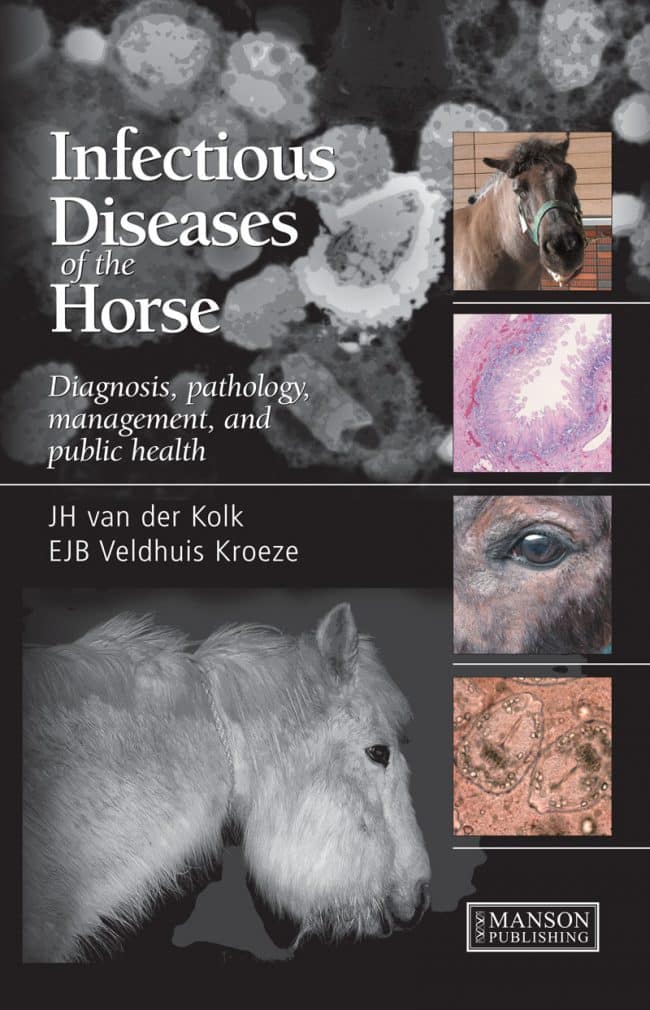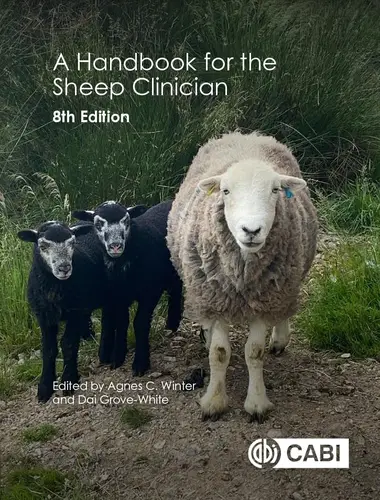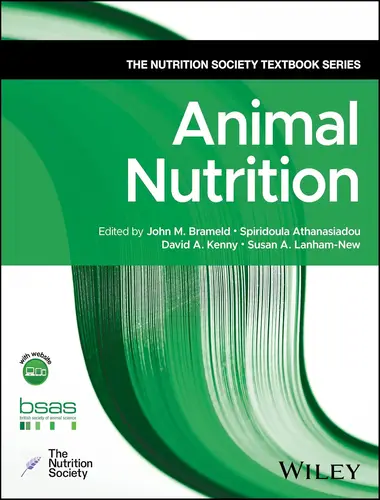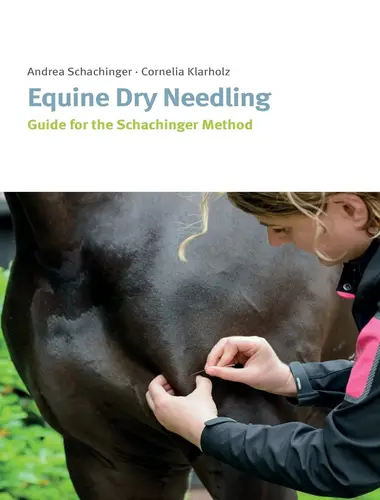Infectious Diseases of the Horse: Diagnosis, Pathology, Management and Public Health PDF
Infectious Diseases of the Horse: Diagnosis, Pathology, Management and Public Health PDF. A clinician and a pathologist have collaborated to produce this thorough and balanced account of infectious diseases affecting horses.
Infectious Diseases of the Horse PDF
The book evaluates the latest diagnostic aids, including rapid developments in molecular biology, while emphasising that they are no substitute for clinical observation and skills.
The majority of equine infectious diseases caused by microbes and parasites are covered – bacterial, viral, protozoan, fungal, ectoparasitic and helminthic. A section on differential diagnosis is then provided to support clinical decision-making, followed by a review of current thinking on the zoonotic aspects of equine infectious diseases, and a guide to clinical pathology to underline its diagnostic importance.
Infectious Diseases of the Horse is illustrated throughout by a wealth of clinical and microscopic images, and is of value to all veterinary practitioners, scientists, students, technicians and nurses working with horses.
In equine medicine one of the most important areas is the field of infectious diseases. This field is very dynamic and ever evolving with emerging and fading diseases. Many professionals are dedicated to equine infectious diseases ranging from clinicians via laboratory diagnosticians to pathologists. This book is the outcome of close collaboration between a clinician and a pathologist and as such positively affected the selection of colour plates provided. Rapid development of molecular biology techniques has greatly improved diagnostic possibilities in equine infectious diseases, and facilitates epidemiological as well as zoonotic studies.
In this book the majority of equine infectious diseases are arranged based on the various microbes and parasites involved, using Fauquet et al. (2005) for the classification of viruses, Garrity et al. (2004) for the classification of the prokaryotes, and Kassai (1999) for the classification of the helminths. In the individual sections the opportunities available for diagnosis of various causative agents using molecular biology have been described. However, these opportunities are usually limited by the options provided by local diagnostic laboratories and of course they should be contacted prior to sample submission. Nevertheless, the mere presence of a microbe and/or parasite in or on an animal cannot be considered adequate evidence that it is the aetiological agent of a disease that may exist. Diagnostic aids must be used to supplement, not supplant, clinical observations.
[expand title=” “]
| Get Hard Copy (Buy Used or New) | Download eBook Link 1, Link 2 |
[/expand]
Password: pdflibrary.net







